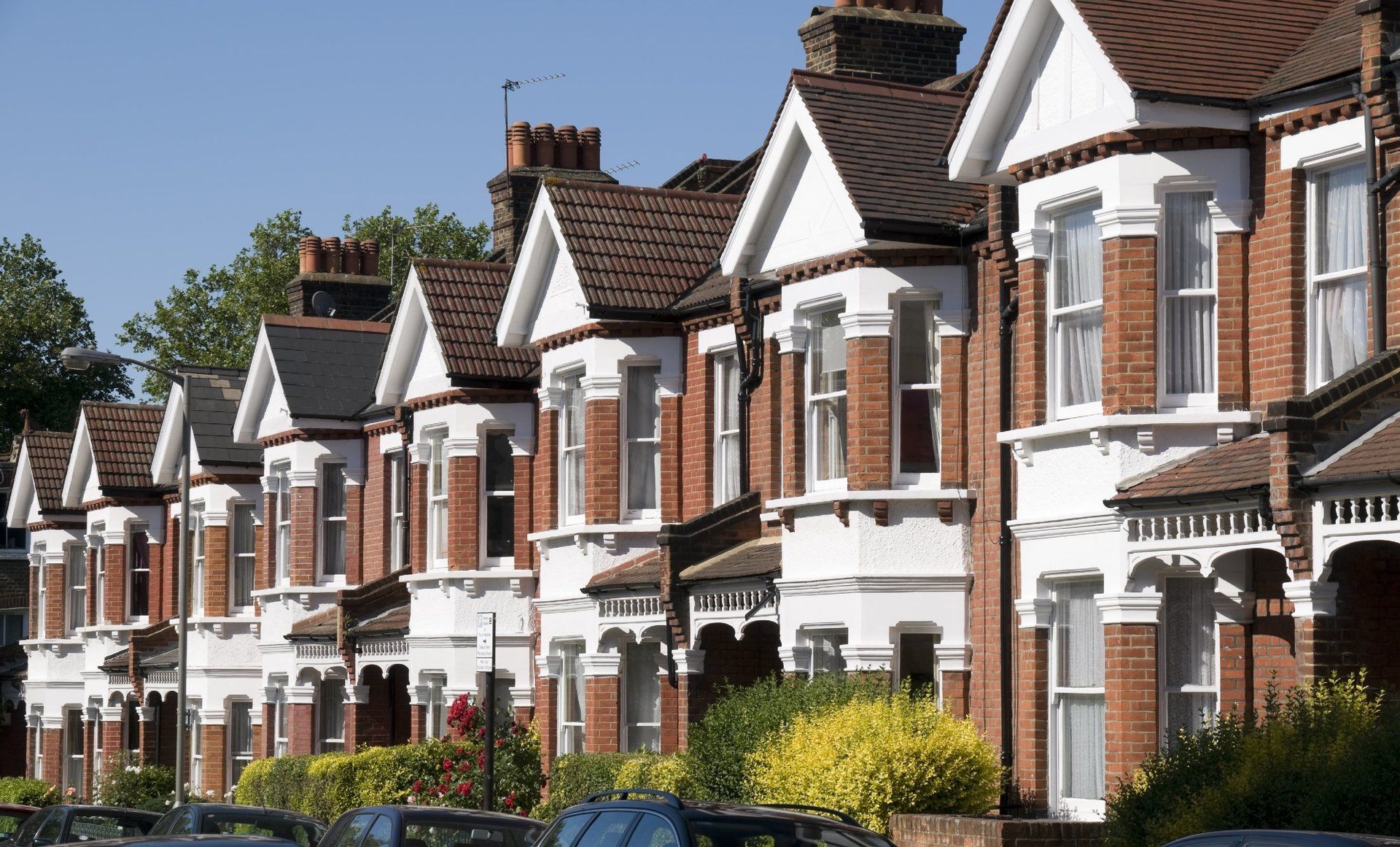The only way is down
House prices to fall by 10% in 2023


The second house price fall was in 2008 during the 'credit crunch'. The 2008 global financial crisis was mainly caused by banks lending to people whose credit rating was poor and who subsequently defaulted on their repayments. Add to this higher commodity prices and rising levels of unemployment and the UK plunged into a recession lasting 5 consecutive quarters. The result was a lack of mortgage products and a crash of 15% in house prices. Interest rates, however, remained low and the crash lasted little more than one year.
Fast forward to today and we see some similarities with previous crashes. Similar to 2008, mortgage products are in short supply following the fallout from the Truss government 's mini budget in September 2022. Interest rates are increasing (similar to 1990 although at a much lower level) but unlike then, unemployment is comparatively low. This time, however, we have high inflation leading to real term cuts in income and a cost of living crisis. Buying a house is now more unaffordable and the uncertain economic outlook means people are either unable or unwilling to risk buying a new home.
History tells us that when prices start to fall they end up falling sharply. The decline in sales, lack of viewings and price reductions already working through the system suggests that this time will be no different. A decline in house prices in 2023 of 10% seems possible. If inflation comes down during the year and cheaper mortgages become more common, then we might see a smaller decline in house prices : the Office for Budget Responsibility is forecasting a 9% drop by Q3 of 2024.
The next two years are likely to be tough for the housing market and a far cry from the 'gold rush' of the last few years. For house prices, the only way is down.









